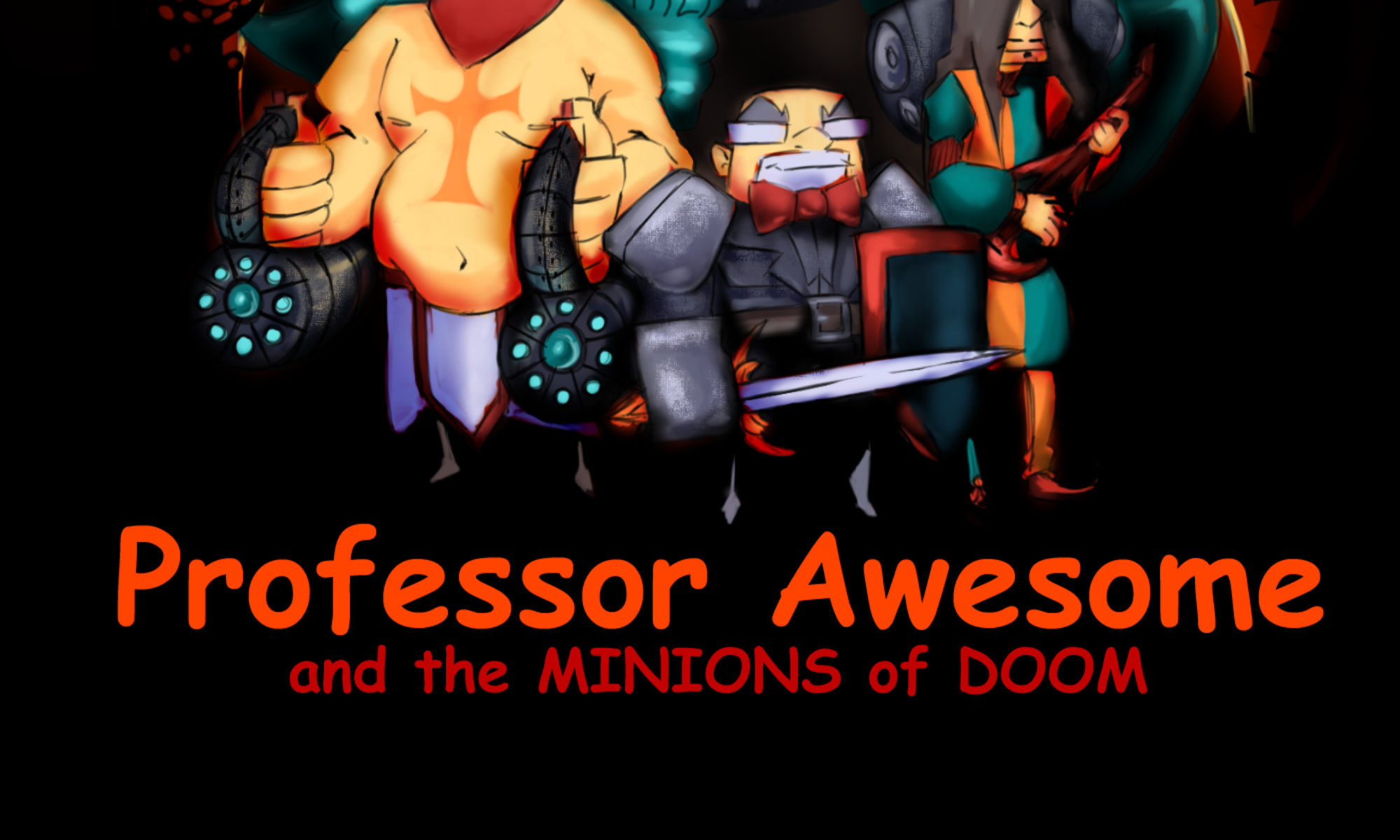While most werewolves are ravening beasts, some are just little old Irish Catholic ladies. Below is a medieval werewolf encounter recorded by Gerald of Wales in The History and Topography of Ireland. The translation is from John J. O’Meara. (No information on whether O’Meara is a werewolf)
About three years ago before the coming of Lord John into Ireland, it happened that a priest, journeying from Ulster towards Meath, spent the night in a wood on the borders of Meath. He was staying up beside a fire which he had prepared for himself under the leafy branches of a tree, and had for company only a little boy, when a wolf came up to them and immediately broke into these words: “Do not be afraid! Do not fear! Do not worry! There is nothing to fear!â€
They were completely astounded and in great consternation. The wolf said to them something about God that seemed reasonable. The priest called on him and abjured him by the omnipotent God and faith in the Trinity not to harm them and to tell them what kind of creature he was, who, although in the form of a beast, could speak human words. The wolf gave a Catholic answer in all things and at length added:
“We are natives of Ossory. From there every seven years, because of the imprecation of a certain saint, namely the abbot Natalis, two persons, a man and a woman, are compelled to go into exile not only from their territory but also from their bodily shape. They put off the form of man completely and put on the form of wolf. When the seven years are up, and if they have survived, two others take their place in the same way, and the first pair return to their former country and nature.
“My companion in this pilgrimage is not far from here and is seriously ill. Please give her in her last hour the solace of the priesthood in bringing to her the revelation of the divine mercy.
This is what he said, and the priest, full of fear, followed him as he went to a certain tree not far away. In the hollow of the tree the priest saw a she-wolf groaning and grieving like a human being, even though her appearance was that of a beast. As soon as she saw him she welcomed him in a human way, and then gave thanks also to God that in her last hour he had granted her such consolation. She then received from the hands of the priest all the last rites duly performed up to the last communion. This too she eagerly requested, and implored him to complete his good act by giving her the viaticum. The priest insisted that he did not have it with him, but the wolf, who in the meantime had gone a little distance away, came back again and pointed out to him a little wallet, containing a manual and some consecrated hosts, which the priest according to the custom of his country carried about with him, hanging from his neck, on his travels. He begged him not to deny to them in any way the gift and help of God, destined for their aid by divine providence. To remove all doubt he pulled all the skin off the she-wolf from the head down to the navel, folding it back with his paw as if were a hand. And immediately the shape of an old woman, clear to be seen, appeared. At that, the priest, more through terror than reason, communicated her as she had earnestly demanded, and then she devoutly received the sacrament. Afterwards, the skin that had been removed by the he-wolf resumed its former position.
When all this had taken place – more in equity than with proper procedure – the wolf showed himself to them to be a man rather than a beast. He shared the fire with them during the whole night, and when morning came he led them over a great distance in the wood, and showed them the surest way on their journey. When they parted he gave many thanks to the priest for the benefit he had conferred upon him, and promised to give him much more tangible evidence of his gratitude, if the Lord should call him back from the exile in which he was, and of which he had now completed two thirds.









